The Bangladeshi who made today's skyscrapers a reality
Khan is the brains behind some of the world's most iconic buildings

The Bangladeshi who made today's skyscrapers a reality
 PHOTO: GOOGLE
PHOTO: GOOGLEKhan pioneered the ‘trussed tube’ system in 1965 – a hollow cylindrical design that makes building skyscrapers not only easy but cheaper and safer. He is the brains behind some of the United States’ most iconic structures.
Dubai prepares for world's first rotating skyscraper
Born in 1929 in Dhaka, Khan moved to the US city of Chicago to study at the University of Illinois in 1952. He was soon employed by the architectural firm Skidmore, Owings & Merrill (SOM) – where he became a partner in 1966.
His most iconic work, trussed tube was adapted for Chicago’s 100-storey John Hancock Centre in 1965. Six years later, Khan initiated “bundled tube” design for the 110-floor high Sears Towers (now the Willis Tower) which remained the world’s tallest building for 22 years.
In 1971, he was named Construction’s Man of the Year by Engineering News-Record at the age of 42.
“His pioneering work in skyscraper design was rejuvenating the design profession as he developed new ways of framing tall buildings, dramatically improving structural efficiency and economy,” writes Khan’s daughter Yasmin Sabina Khan in a statement published by Google.
“His innovations subsequently formed the basis of tall building design,” she adds.
New York skyscrapers adapt to climate change
Here’s a look at some of Khan’s most iconic work:
DeWitt-Chestnut Apartments, Chicago, 1963:
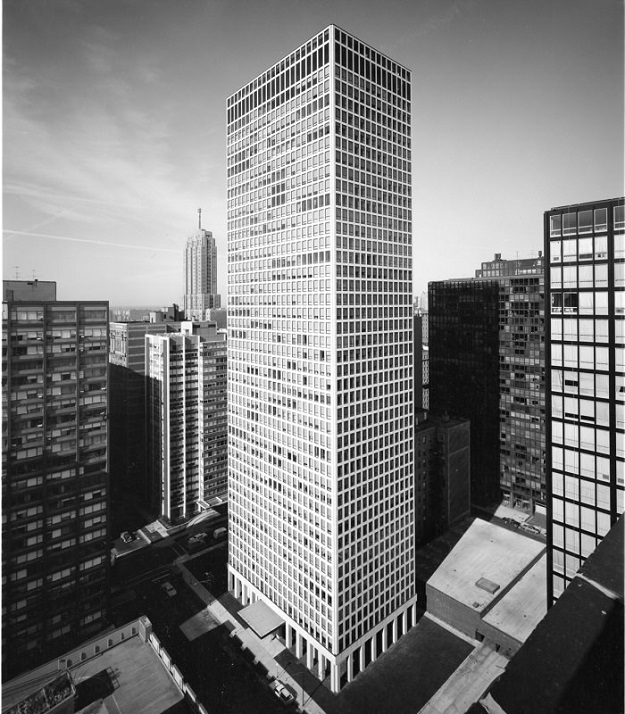 DeWitt-Chestnut Apartments, Chicago, 1963. PHOTO: SOM
DeWitt-Chestnut Apartments, Chicago, 1963. PHOTO: SOMJohn Hancock Center, Chicago, 1969:
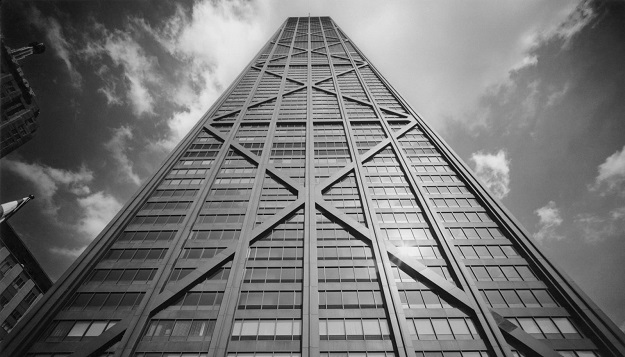 John Hancock Center, Chicago, 1969. PHOTO SOM
John Hancock Center, Chicago, 1969. PHOTO SOMSears Tower, renamed Willis Tower, Chicago, 1971:
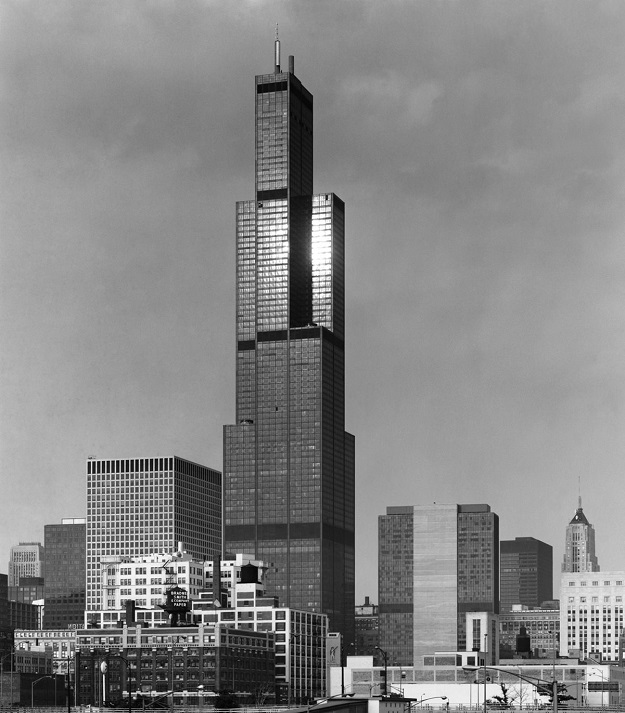 Sears Tower, renamed Willis Tower, Chicago, 1971. PHOTO: SOM
Sears Tower, renamed Willis Tower, Chicago, 1971. PHOTO: SOMKing Abdul Aziz Airport, Jeddah, 1980:
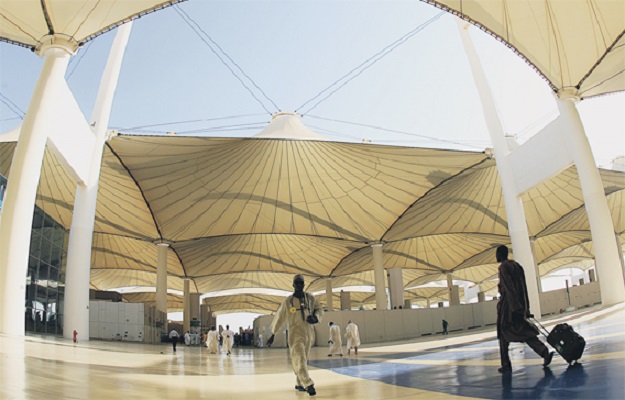 King Abdul Aziz Airport, Jeddah, 1980. PHOTO: AFP
King Abdul Aziz Airport, Jeddah, 1980. PHOTO: AFPEven today, Khan’s structural systems are used as a foundation during development stages for high-rises. His tube system has been used in the construction of prominent buildings in the world, including the World Trade Centre, Aon Centre, Petronas Towers, Jin Mao Building and Bank of China.






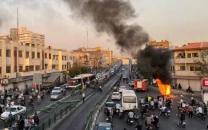











COMMENTS
Comments are moderated and generally will be posted if they are on-topic and not abusive.
For more information, please see our Comments FAQ